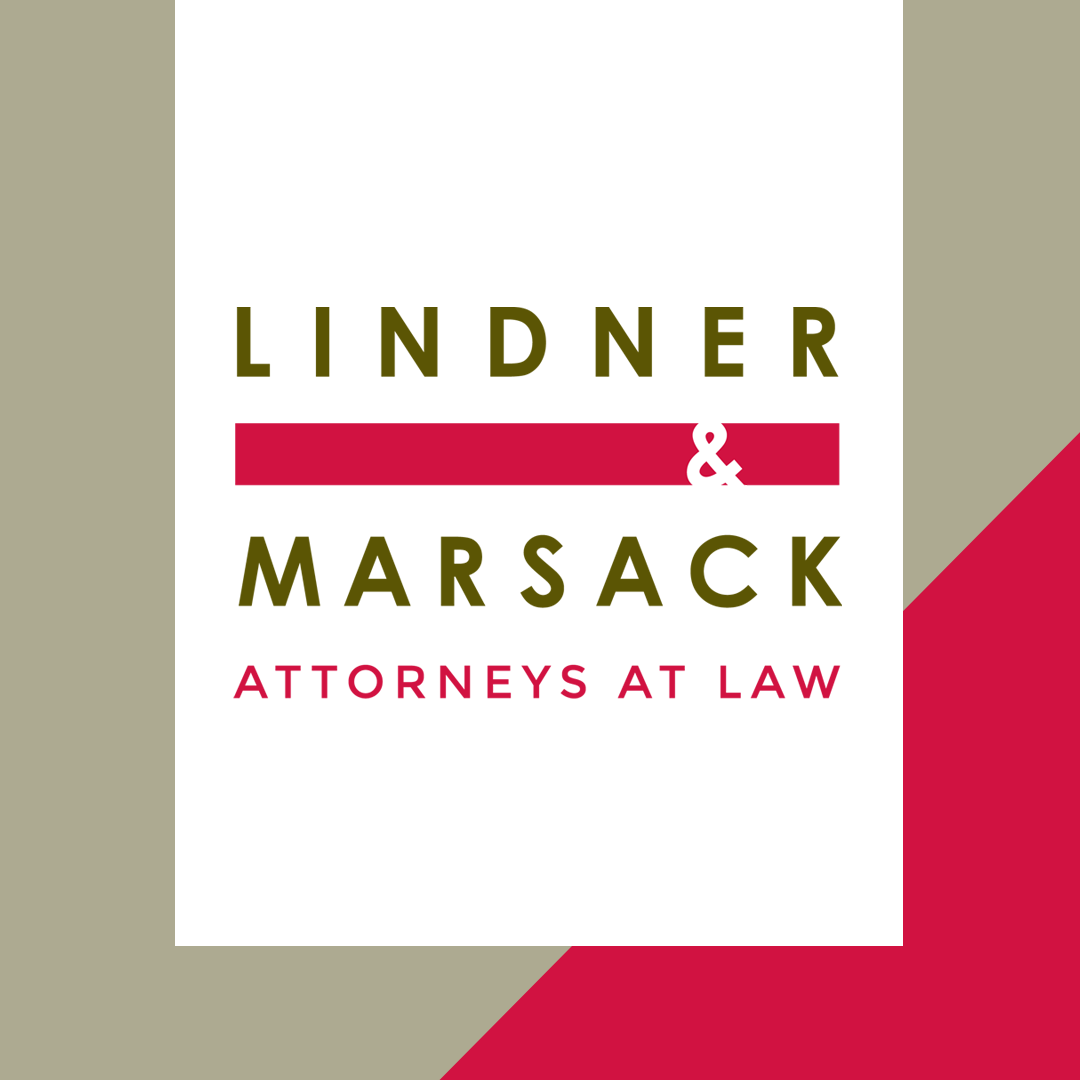By: Kristofor L. Hanson Yesterday, with implementation less than two weeks away, the United States Court of Appeals for the District of Columbia enjoined the National Labor Relations Board from implementing or enforcing its proposed employee rights posting rule until the court has decided whether the rule is lawful. Implementation had been set for April […]

